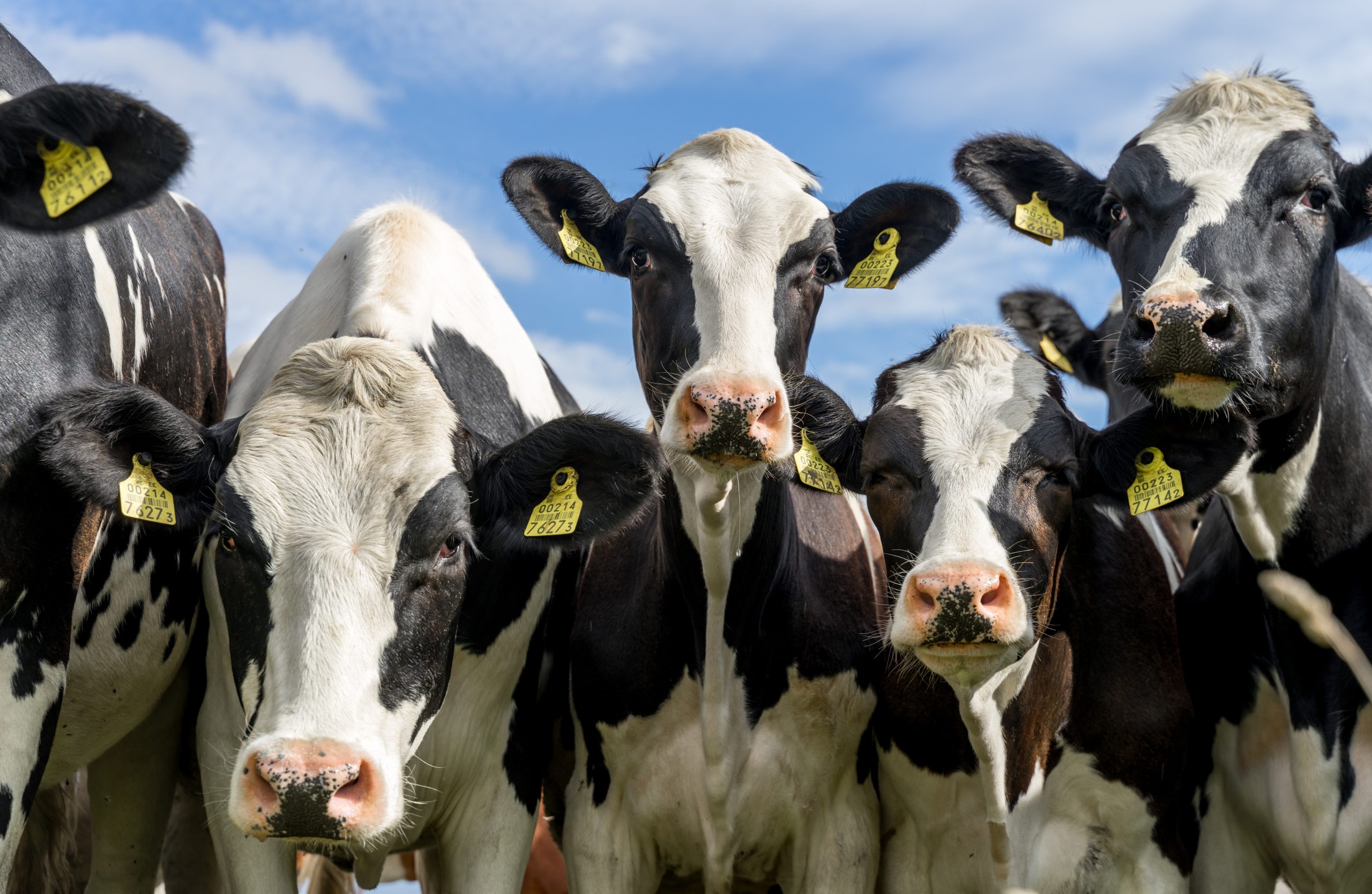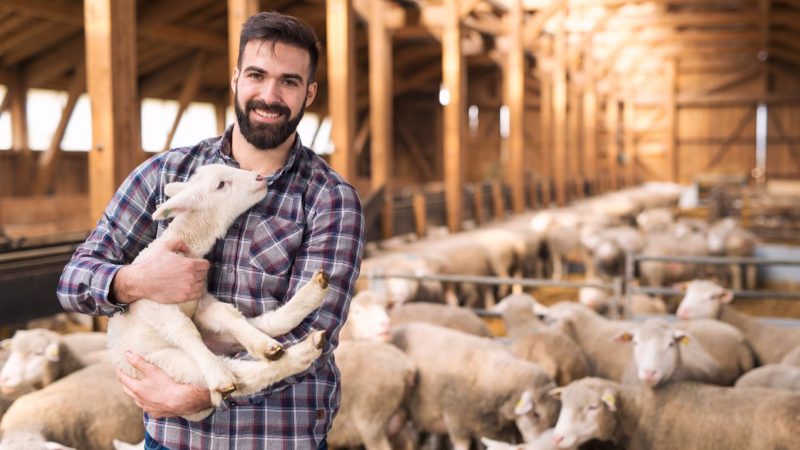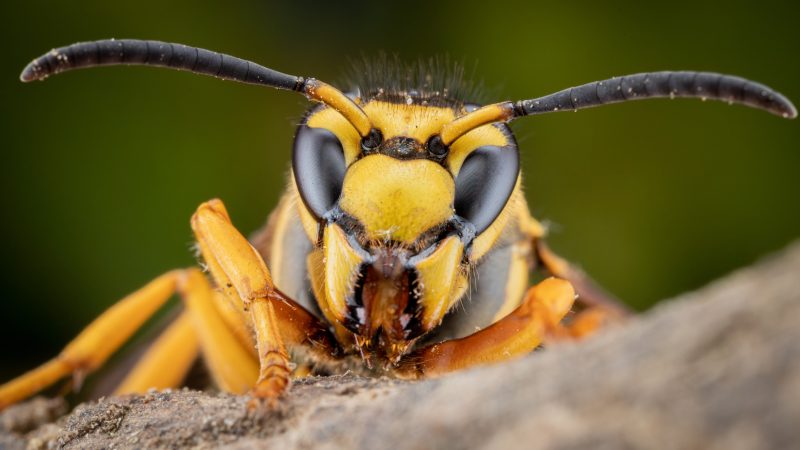What do BVD Herd Restrictions mean for vets?

by Sharon Verner
February 2025 saw the introduction of long-awaited herd restrictions to help control and eradicate
BVD. Veterinary representation on the BVD Implementation Group that oversees the BVD Programme
has supported the industry call for restrictions for many years. Now that they have arrived, what
difference will that make for private vets and their clients?
While the BVD Programme has been compulsory in NI for nine years, and herd incidence at 2.39% is
approximately one quarter of the level in 2016, the anticipated gains have not happened at a fast
enough pace.
Key issues that have delayed progress have been the retention of BVD Positive animals on farm. In some cases, this has happened by a default lack of action: destruction of BVD Persistently Infected (PI) cattle is not compulsory and so progress has depended on all participants acting in a timely way to get retesting completed with appropriate follow up actions. As a result, extended delays have led to the transmission of infection within and between farms.
Movement of the virus from one farm to another has occurred in several ways including: purchase of transiently infected cattle, purchase of Trojan dams, contact with neighbouring herds where the virus is circulating, or by contaminated material being carried on equipment or personnel, so excellent hygiene routines between farm visits for anyone visiting farms is essential.
The background rolling 12-month animal incidence is 0.22% to the end of January 2025 (equating to
just over 1,100 BVD Positives being disclosed in the last year). However the latest statistics
demonstrate the impact of herd restrictions to date: the retention rate of BVD Positives has fallen
considerably already during this initial phase where a grace period of 28 days is provided: in mid-March 2025, four herds had retained a total of four BVD Positives for 28 days or longer. This compares to 17 retained BVD Positives in 11 herds in early January. The herds that are currently retaining BVD
Positives have movement restrictions in place that affect all inward and outward moves, with the
exception of moves to slaughter, and are also applied to associated herds. The aim of curtailing
movements is to reduce the risk of virus transmission, and to drive down the length of time for which
BVD Positive animals are kept on farm, as delays in removing Positives lead to not only a greater
chance of the same farm having more Positives in the following season, but also a greater chance of
neighbouring herds becoming infected.
Private vets continue to have a key role in providing advice for their clients – to help to control the
situation where there are BVD outbreaks and to protect unaffected herds. These actions will
ultimately help farmers to avoid herd restrictions going forward. A reduction in the levels of natural
immunity to BVD occurring in herds means that some herds may be more exposed to large outbreaks
should infection be introduced. The decision whether to vaccinate or not depends on the risk profile
of the herd and may be discussed in detail with clients.
From 1st May 2025, herd restrictions will be applied seven days after a BVD Positive or Inconclusive
animal is disclosed, unless the animal is disposed of or in the event of a negative retest before the
seven-day period elapses. Grace periods will only be in place for a limited time; herd restrictions will
be applied immediately to herds and their associated herds on disclosure of a BVD Positive or
Inconclusive result from 1st February 2026.
From 1st June 2025, herd restrictions will be applied to those herds that have more than 20 cattle
greater than 30 days of age of BVD Unknown (BVDU) status. All cattle born before the start of the
compulsory scheme have now been assigned a BVDU status, contribute to the count of BVDUs and
require testing before being moved off the farm. Vets can encourage farmers to get all BVDU cattle
tested as soon as possible; the second day of the TB test may provide a suitable opportunity to fill in
the status gaps.
A BVD Code of Good Practice that has been produced recently by Animal Health and Welfare NI
(AHWNI) and DAERA has been given full backing by industry organisations represented on the BVD
Implementation Group, including AVSPNI and NIVA. AFBI, AgriSearch, LMC, NIAPA, NIMEA and the
UFU have also supported development of the Code, which gives farmers information about how BVD
can be controlled and eradicated in individual herds.
It is important for vets to advise farmers not to ignore any evidence of BVD that is present in a herd
now. The aim of the Programme is to eradicate BVD as soon as possible, so that animal health,
financial and environmental benefits can be realised.





